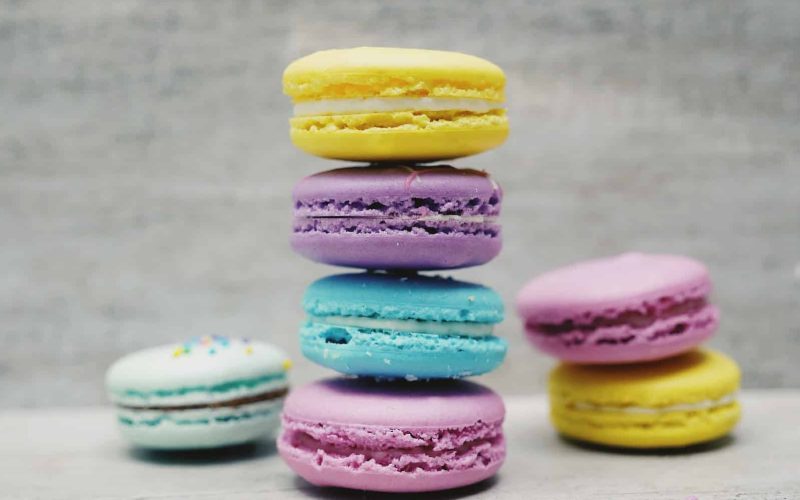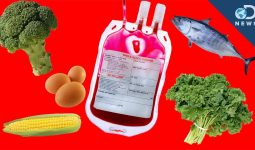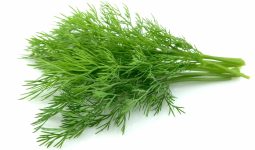Even though food coloring isn’t exactly the healthiest ingredient, most people love using it to add some extra pizzazz to their favorite dishes!
Unfortunately, many food dyes also cause various issues, such as hyperactivity in children, allergic reactions, and cancer!
Thankfully, some foods you can use will make your dishes pretty and help you stay healthy simultaneously! Take a look at this list of substitutes for food coloring below.
Get ready to enjoy some naturally colorful dishes!
1. Beets
Beets can lend a vibrant pink or red hue to whatever dish you’re making, and since they’re healthy and delicious, there’s no harm in adding a little extra beet flavor to your meal.
To use beets as natural substitutes for food coloring, grate or chop them into small pieces and add them to your cooking dish.
You can also roast or boil beets and then puree them before adding them to your recipe.
Remember that the longer you cook beets, the more their color will fade. So, if you want a bold hue, add them near the end of the cooking process.
2. Cranberries
Cranberries, dried and fresh, can be used as natural substitutes for food coloring. To use cranberries as food coloring, grind them into a powder using a blender or coffee grinder.
The powder can then be added directly to your cooking or baking. Cranberry powder will give your food a pink or red hue, depending on how much you use.
However, If you want a darker shade, add more cranberry powder until the desired shade is reached.
Another way to use cranberries for food coloring is to soak them in water before straining the mixture through cheesecloth and squeezing the excess liquid.
Add it to an egg-based recipe for light pink icing or sprinkle with any batter for a light berry flavor.
3. Pomegranate Juice
Pomegranate juice is a great natural substitute for food coloring. It’s perfect for adding a pink or red hue to frosting, cakes, and other desserts.
Substitute the same amount of pomegranate juice for the synthetic food coloring called for in your recipe.
You may need to experiment with different brands of pomegranate juice to find one that gives you the desired color.
Organic Brands can be pricey, but they are worth it if they avoid artificial colorings and flavorings.
4. Orange Juice
Orange juice is another excellent natural alternative to traditional colors. Try substituting 1/4 cup orange juice for each teaspoon of conventional red or yellow dye in your recipe.
The texture will change slightly depending on your dish (for example, fruit slices versus cake batter), but that doesn’t mean it won’t taste good!
5. Apple Cider Vinegar
Apple cider vinegar can be an acidic ingredient in baking, which often helps foods retain their shape better during cooking. But did you know it also makes a great all-natural replacement for dyes?
6. Red Freeze-dried Fruits
Start by looking in your pantry for natural sources of red food coloring. One option is to use freeze-dried fruits like strawberries, raspberries, or cherries.
Grind the fruit into a powder using a blender or food processor. Use freeze-dried fruit as food coloring.
Then, add the desired amount of powder to whatever you’re cooking or baking.
Remember that the longer you cook or bake with freeze-dried fruit powder, the more muted the color will become. To achieve a brighter red hue, add beets to your recipe.
7. Dried Hibiscus Flowers
Dried hibiscus flowers can be used as a natural food coloring. Grind the flowers into a powder and then add to the desired dish.
The amount you’ll need to use will depend on how intense you want the color to be. Hibiscus gives food a pink or red hue.
While these colors naturally occur in foods like berries, bananas, grapes, tomatoes, and watermelon, most people look for artificial colors when cooking for themselves or their children.
If that’s the case for you, try dried hibiscus flowers! They’re easy to find at any local grocery store in the spice aisle—look for them near other spices like cinnamon sticks or cloves.
And they taste great, too; they have a tart flavor with notes of cherry. This makes them perfect for adding some zest to recipes that don’t have any added sugar.
Conclusion
Though there are only a few primary colors, the options regarding food coloring are seemingly endless.
From natural extracts to artificial dyes, many different substitutes for food coloring are available on the market today.
While each has unique properties, they all serve the same purpose: to add color to food.
So whether you’re looking for a realistic option or something more vibrant, there’s sure to be a perfect food coloring.
While there are many substitutes for food coloring. It’s essential to consider what you want to achieve with the color.
Plenty of options are available if you’re looking for a natural option.
However, if you’re looking for a specific color, you may have to experiment with a few options before finding the perfect one.








